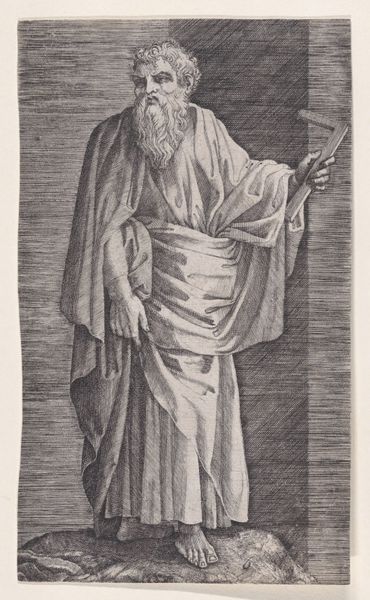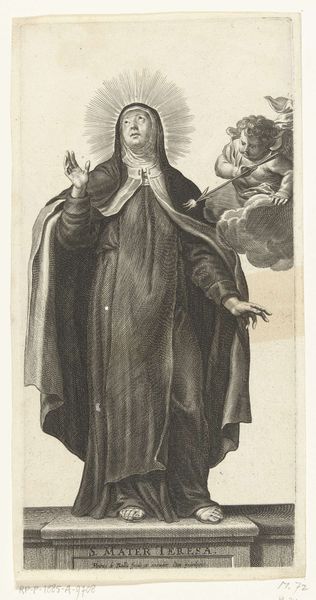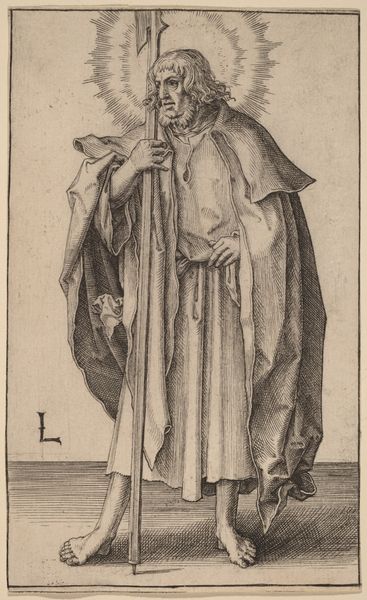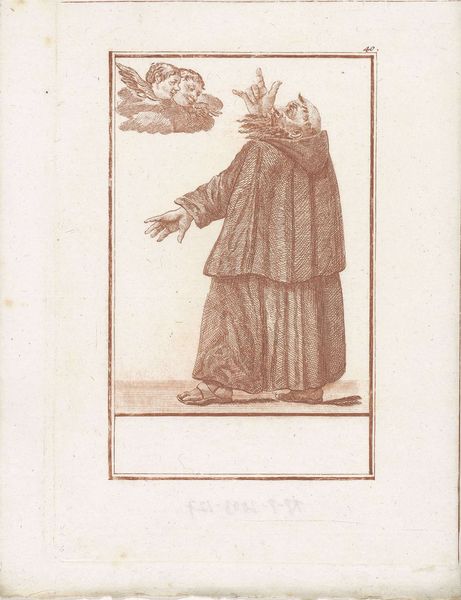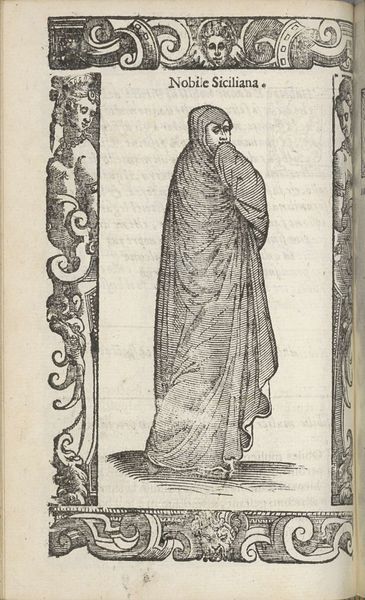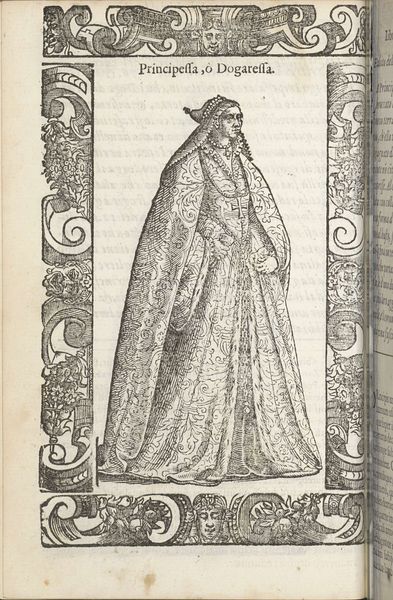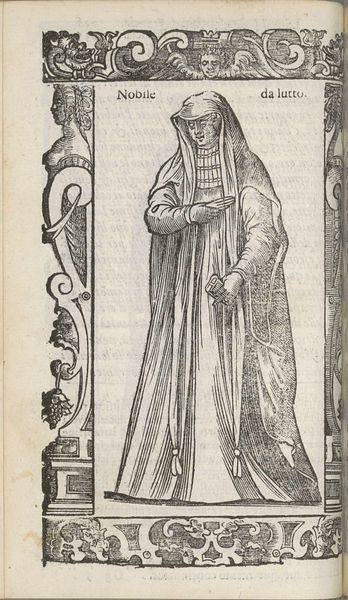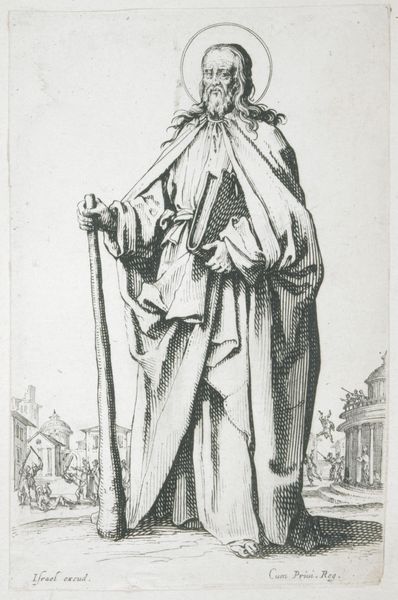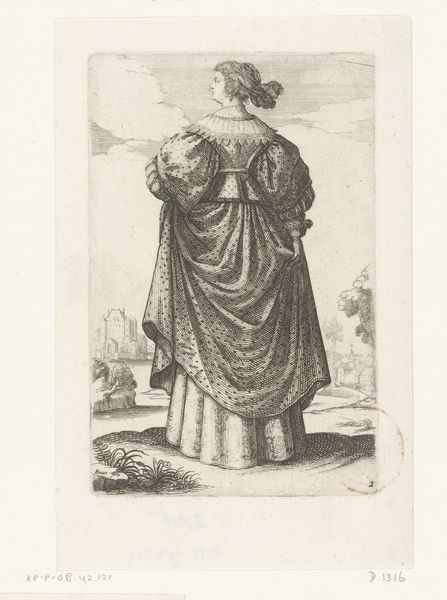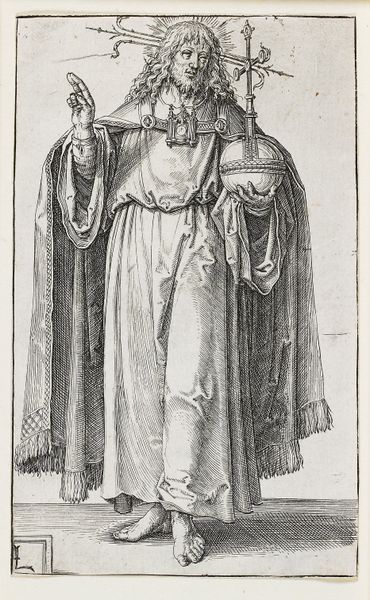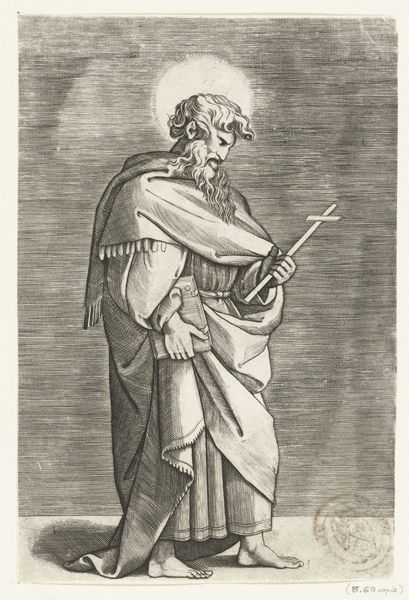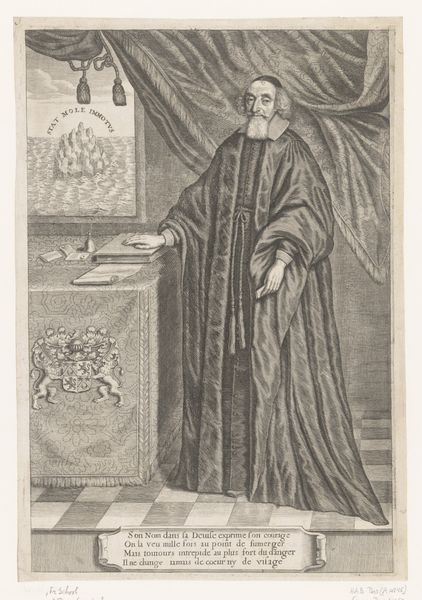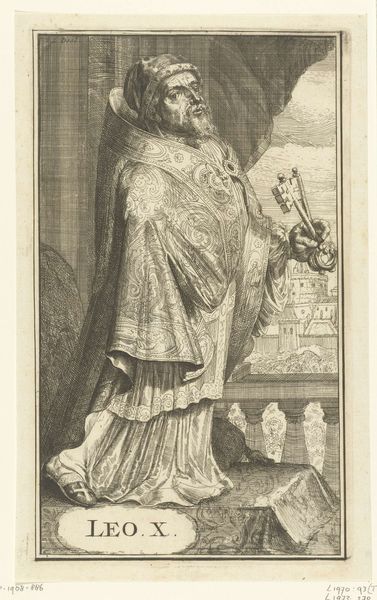
print, engraving
#
portrait
#
baroque
# print
#
history-painting
#
engraving
Dimensions: height 337 mm, width 216 mm
Copyright: Rijks Museum: Open Domain
Curator: At the Rijksmuseum we have before us a print from 1733 titled "Russisch-orthodoxe bisschoppen," by Bernard Picart. It presents four studies of bishops in their robes. What are your initial thoughts? Editor: It strikes me as an elaborate costume drama frozen in time! The intricate details of their robes almost overwhelm the figures. The composition feels very staged, each bishop presented like a specimen. I feel detached, like peering into someone else's ritual without context. Curator: That detachment may stem from its origins. Prints like this were often created for educational or ethnographic purposes. They catered to a European fascination with, and sometimes a misunderstanding of, foreign cultures and religious practices. The Baroque style, prevalent at the time, demanded detailed and elaborate representation, and that's evident here. Editor: Absolutely, the robes appear to define their roles, almost suffocating the individuality of the wearers. Are they prisoners of their own garments? I wonder if that was Picart’s subtle critique, showing religious figureheads being overwhelmed by pomp and circumstance. Curator: That's a fascinating interpretation! It highlights the potential tension between individual expression and institutional power, visually communicated through clothing. The act of engraving and disseminating these images also played a crucial role. The medium itself—a print—made it widely accessible, turning religious figures into objects of public consumption and scrutiny. Editor: Exactly! And those scrutinizing eyes become our own centuries later, looking at these stately, rigid characters in their finery. It also raises the question: what were they trying to communicate, and what were we intended to see? It feels like an old-fashioned way of picturing dignitaries... with something so strange about how stylized it is. Curator: That intended audience undoubtedly carried their own set of biases and expectations, shaping the way they perceived these representations of Russian Orthodox bishops. Editor: I’m left pondering how costume becomes code. Today's fashions make me just as nervous... still feeling swallowed by robes I can’t decode. Thanks for that rich exploration. Curator: A reminder that we all look at history through shifting lenses. Thank you!
Comments
No comments
Be the first to comment and join the conversation on the ultimate creative platform.

